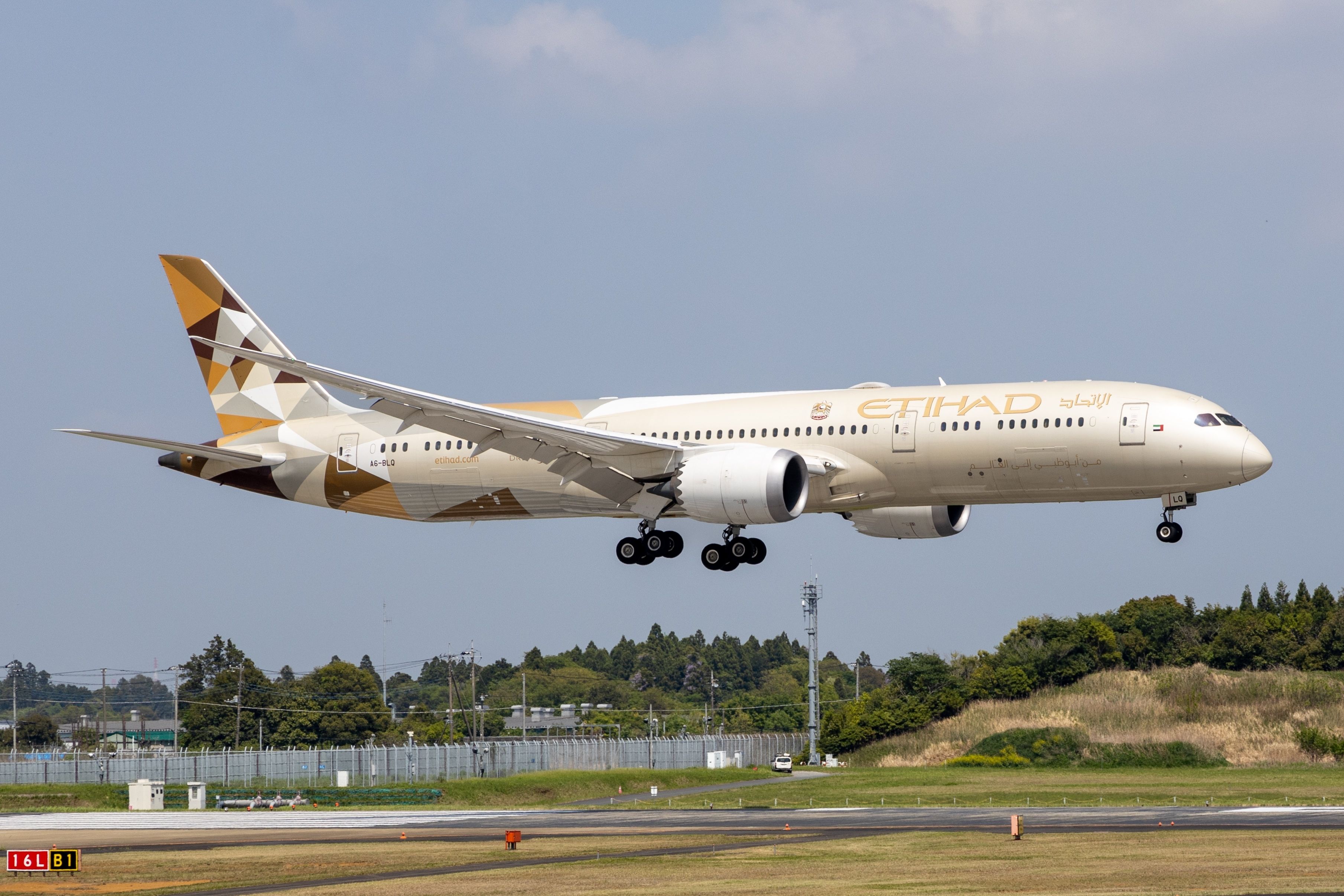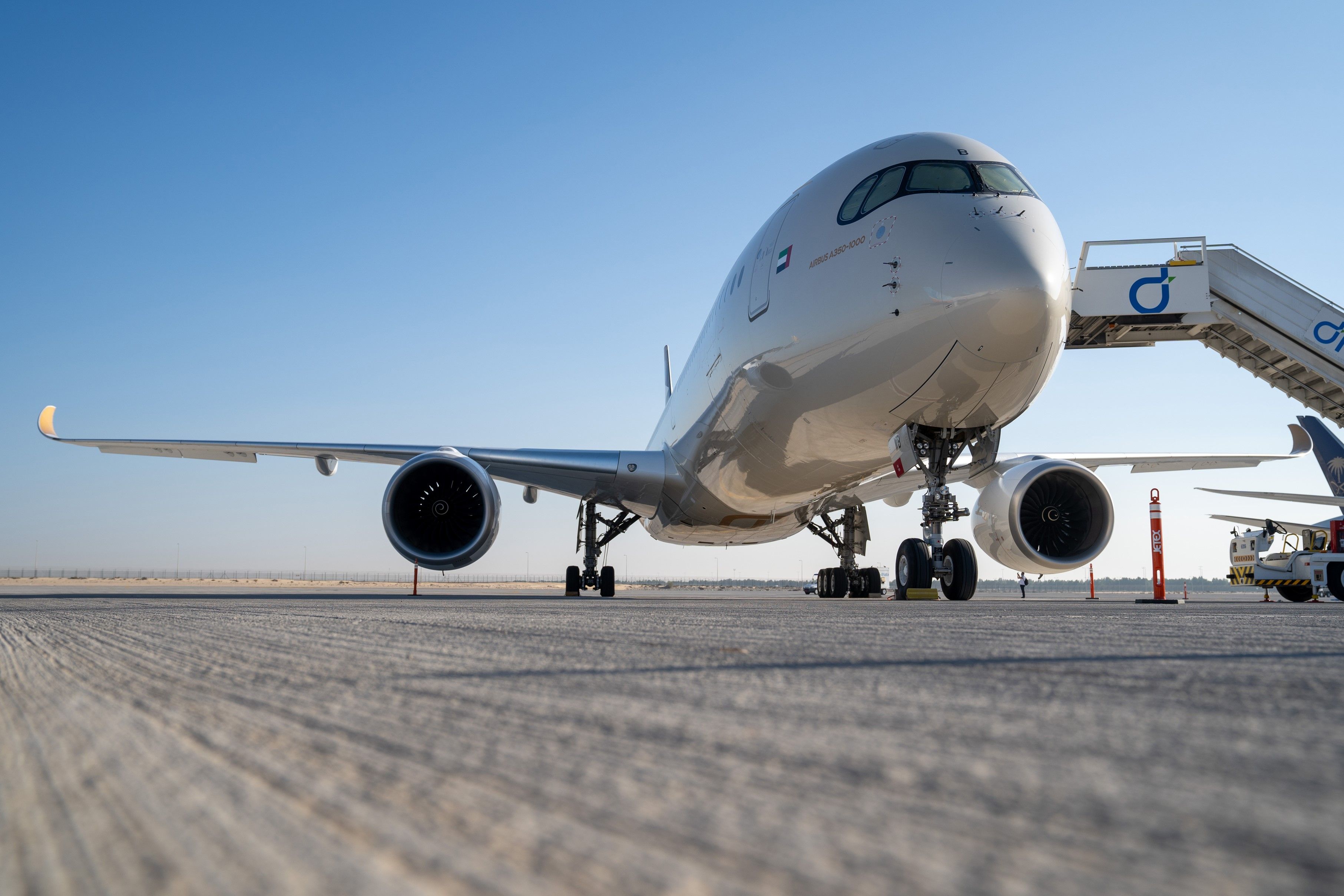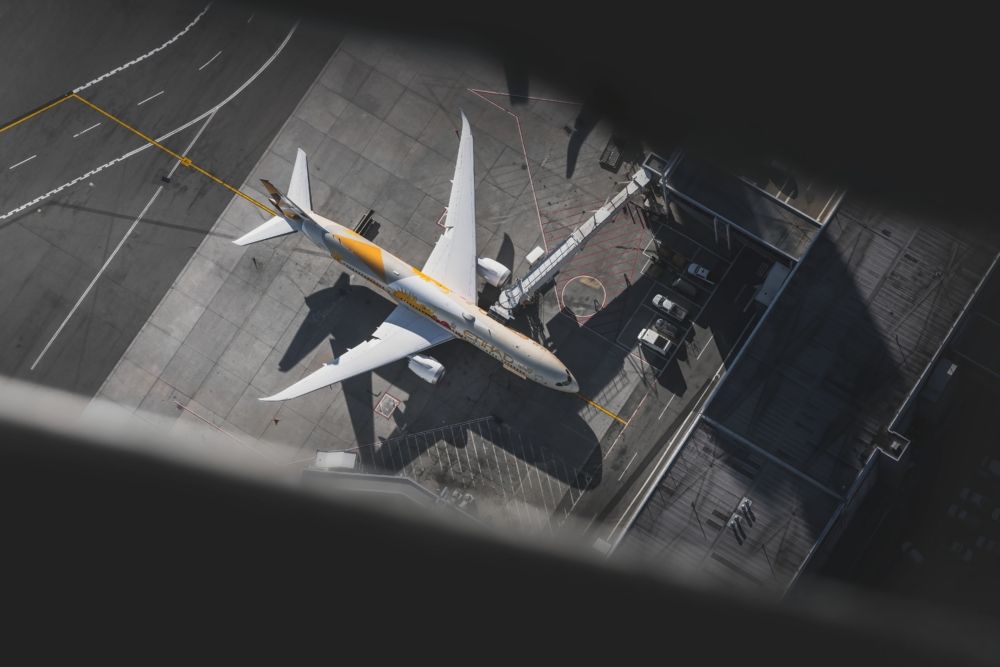November this year will mark two decades since Etihad Airways commenced scheduled passenger-carrying operations in 2003. The Abu Dhabi-headquartered UAE flag carrier has since grown to become one of the Middle East’s key players, with data from ch-aviation.com showing that it presently has 93 aircraft in its fleet.
Boeing widebodies
Of these, some 52 are widebody aircraft from US manufacturer Boeing’s extensive portfolio of commercial aircraft. The company’s 787 ‘Dreamliner’ series is the dominant force here, with 30 of Etihad Airways’ 52 Boeing widebodies being examples of the mid-sized 787-9 model. These aircraft are six years old on average.
Etihad also flies the stretched-fuselage 787-10 variant, with nine examples in its fleet at an average age of just 4.2 years old, compared to a fleet-wide mean figure of nine years. The Dreamliner will continue to play a critical role at Etihad for many years to come, as the carrier also has another 11 787-9s and 21 787-10s on order.
Photo: Kent Raney/Shutterstock
At the older end of the age spectrum, Etihad also flies 13 aircraft from the Boeing 777 family. Among these are its only present cargo aircraft, which come in the form of five 777-200F jets with an average age of 8.3 years old. These are joined by eight passenger-carrying 777-300ERs, which are 11.9 years old on average. Going forward, the carrier has orders for eight 777-8 and 17 777-9 jets from the 777X series.
Airbus widebodies
Etihad Airways’ remaining 41 aircraft come from European manufacturer Airbus, with this figure split between 15 widebodies and 26 narrowbodies. Starting with the former, the airline, much like fellow UAE flag carrier Emirates, has Airbus A380s in its fleet, albeit in much smaller numbers. Indeed, of the ten superjumbos that Etihad has at its disposal, just two are presently listed as active.
These quadjets have an average age of 8.2 years, which makes them almost twice as old as Etihad Airways’ five current Airbus A350-1000 aircraft. These next-generation twinjets have a mean figure of just 4.2 years old, with their deliveries taking place in an 11-month spell spanning from June 2019 to May 2020.
Photo: Airbus
Etihad Airways also has three Airbus A330-300s in its fleet with an average age of 17.7 years old, but all of them were listed as active at the time of writing. In the future, the carrier has plans to grow its passenger-carrying Airbus A350 fleet to 20 aircraft, as it has another 15 examples of the A350-1000 variant on order. Additionally, it will also receive seven cargo-carrying A350F jets.
Airbus narrowbodies
When it comes to Airbus narrowbodies, Etihad presently has 14 A320-200s (11.9 years old on average) and nine A321-200s (8.5 years old on average) at its disposal. However, this part of its fleet is set to be modernized in the coming years, with an order presently in place for 20 examples of the next-generation Airbus A321neo.
What do you make of Etihad Airways’ current fleet? How many of its aircraft have you flown on? Let us know your thoughts and experiences in the comments!
Source: ch-aviation.com




